Introduction
Achieving the perfect balance of flavors is the cornerstone of exceptional cooking. However, even seasoned chefs occasionally overshoot the mark, resulting in dishes that are unintentionally cloying or overly sweet. While sweetness can enhance a meal, an excess can overpower other tastes, leaving diners yearning for equilibrium. Fortunately, several culinary techniques and ingredients can rescue a dish that leans too heavily on sugar. This article explores science-backed methods to neutralize sweetness, ensuring your meals regain their harmony and delight the palate.
The Role of Acidity: Counteracting Sweetness with Tang
Acidity is a chef’s secret weapon for balancing sweetness. When a dish tastes overly sugary, introducing acidic ingredients can cut through the richness and restore equilibrium.
How It Works
Sweetness and acidity exist on opposite ends of the flavor spectrum. Acids, such as citric acid (found in lemons) or acetic acid (in vinegar), interact with taste receptors on the tongue, suppressing the perception of sweetness. This chemical reaction creates a brighter, more vibrant flavor profile.
Effective Acidic Ingredients
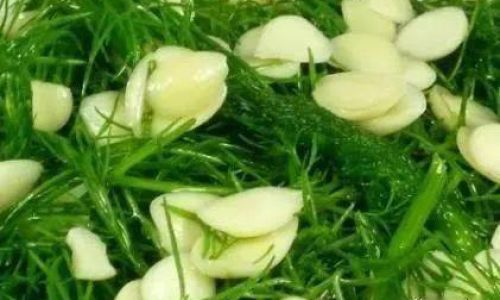
- Citrus Juices: Lemon, lime, orange, or grapefruit juice adds a refreshing zing. For example, a squeeze of lemon juice can revitalize a too-sweet glaze or marinade.
- Vinegars: Apple cider vinegar, red wine vinegar, or balsamic vinegar introduce complexity. Try adding a splash to sweet-and-sour sauces or stir-fries.
- Tomatoes: Their natural acidity can temper sweetness in dishes like chili or pasta sauces.
Application Tips
- Add acidity gradually, tasting as you go to avoid overcompensating.
- Pair citrus zest with juice for aromatic depth without extra liquid.
Salt: The Unsung Hero of Flavor Balance
Salt is often underestimated in its ability to mitigate sweetness. By enhancing other flavors, salt reduces the dominance of sugar, creating a more cohesive taste.
The Science Behind Salt
Sodium ions in salt bind to taste receptors, amplifying umami and savory notes while subduing sweetness. This phenomenon explains why a pinch of salt can transform a one-dimensional dessert into a multi-layered treat.
Practical Uses
- Savory Dishes: A dash of soy sauce or fish sauce can salvage a sweet stir-fry or soup.
- Baked Goods: A pinch of salt in cookies or cakes prevents them from tasting flat or overly sugary.
Caution
Over-salting can ruin a dish. Start with small increments and adjust methodically.
Bitterness: Introducing Complexity to Offset Sweetness
Bitterness, though often maligned, plays a vital role in flavor balance. Ingredients with bitter compounds can neutralize sweetness by providing contrast.

Key Bitter Ingredients
- Dark Chocolate: Melted into sauces or ganache, its bitterness tempers sweetness.
- Coffee: A shot of espresso in chocolate desserts deepens flavor without added sugar.
- Leafy Greens: Arugula, radicchio, or endive add a peppery bite to salads or sides.
Culinary Applications
- Balance a sweet barbecue sauce with smoked paprika or chipotle peppers.
- Pair roasted Brussels sprouts with balsamic reduction for a bitter-sweet harmony.
Umami: Savory Depth to Distract the Palate
Umami, the fifth taste, is described as savory or meaty. By emphasizing umami-rich ingredients, you can shift focus away from sweetness.
Umami Boosters
- Soy Sauce or Miso: Their glutamates enhance savory notes in stir-fries or marinades.
- Mushrooms: Sautéed or roasted, they add earthy umami to sauces and soups.
- Tomatoes: Whether fresh or sun-dried, their umami content counters sweetness.
Example
A sweet tomato sauce can be rescued by adding caramelized onions, garlic, and a splash of Worcestershire sauce.
Spice and Heat: Diverting Attention from Sweetness
Capsaicin, the compound in chili peppers, stimulates pain receptors on the tongue, distracting from sweetness. This technique works particularly well in bold, flavorful dishes.
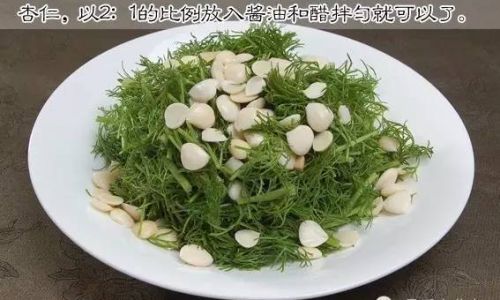
Spicy Solutions
- Fresh Chilies: Jalapeños or serranos add immediate heat.
- Spice Blends: Cumin, coriander, or smoked paprika introduce warmth without overwhelming the dish.
Application
- Elevate a sweet chili sauce with minced fresh ginger and garlic.
- Balance a sweet curry with a sprinkle of garam masala or turmeric.
Dilution: The Power of Adding More Liquid or Ingredients
If a dish is irreparably sweet, dilution might be the simplest solution. This method works best for soups, stews, or sauces where liquid can be added without compromising texture.
Effective Dilution Strategies
- Broth or Stock: For sweet soups, add unsalted broth to thin the consistency.
- Tomatoes: Pureed or diced, they add acidity and bulk to sauces.
- Neutral Vegetables: Grated zucchini or carrots absorb sweetness in casseroles.
Caution
Avoid over-diluting, which can water down flavors. Compensate with herbs or spices to maintain depth.
Dairy and Fat: Coating the Palate to Mask Sweetness
Fat molecules coat the tongue, temporarily blocking taste receptors. This effect can reduce the perception of sweetness, making dairy products like yogurt or cream effective fixes.
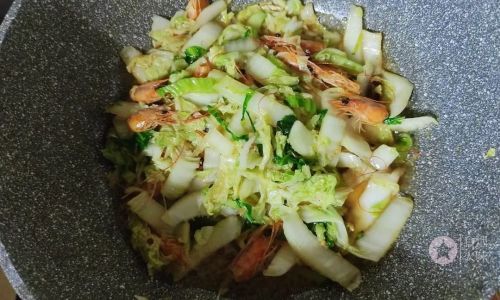
Dairy-Based Solutions
- Yogurt: Tangy Greek yogurt balances sweetness in dressings or dips.
- Sour Cream: A dollop in soups or chili adds richness and acidity.
- Cheese: Aged cheeses like Parmesan or cheddar introduce saltiness and umami.
Application
- Fold whipped cream into a too-sweet mousse to lighten its texture and flavor.
- Top a sweet casserole with a crispy, cheesy crust to add contrast.
Texture Contrast: Distracting with Crunch or Creaminess
While texture doesn’t directly reduce sweetness, it diverts the diner’s attention. A dish with varied textures feels more balanced, even if the flavor profile isn’t perfect.
Texture Enhancers
- Crunchy Elements: Toasted nuts, seeds, or fried onions add contrast.
- Creamy Components: Avocado, mashed potatoes, or polenta soften sharp flavors.
Example
Serve a sweet glazed carrot dish with a side of crispy roasted chickpeas for texture play.
Serving Accompaniments: Pairing with Complementary Flavors
Sometimes, the dish itself can’t be fixed, but its presentation can save the meal. Serving overly sweet items with acidic or bitter sides creates a harmonious plate.

Ideal Pairings
- Pickled Vegetables: Quick-pickled cucumbers or radishes add acidity.
- Fermented Foods: Kimchi or sauerkraut introduce sourness and probiotics.
- Herb Salads: Mint, cilantro, or basil cleanse the palate between bites.
The Nuclear Option: Starting Over (When All Else Fails)
In rare cases, a dish may be beyond repair. For example, a burnt caramel sauce or a curdled dessert might require discarding and restarting. However, this should be a last resort. Before tossing your creation, consider repurposing it:
- Turn a sweet soup into a sauce for roasted meats.
- Use over-sweetened jam as a glaze for savory tarts.
Prevention Tips: Avoiding Oversweetening
- Taste As You Go: Adjust flavors incrementally during cooking.
- Use Sugar Substitutes Wisely: Honey or maple syrup concentrate sweetness; use sparingly.
- Balance Early: Build flavor layers by incorporating acid, salt, and umami from the start.
Conclusion
Rescuing an overly sweet dish is a testament to a cook’s creativity and adaptability. By leveraging acidity, salt, bitterness, umami, spice, and texture, even the most sugary mishaps can be transformed into culinary triumphs. Remember that cooking is an art as much as a science—experimentation and intuition are your greatest allies. Next time your dish veers into cloying territory, embrace these techniques and rediscover the joy of balanced flavors.
Final Thought
The ability to salvage a flawed dish separates a good cook from a great one. With patience and a well-stocked pantry, every meal holds the potential for redemption.



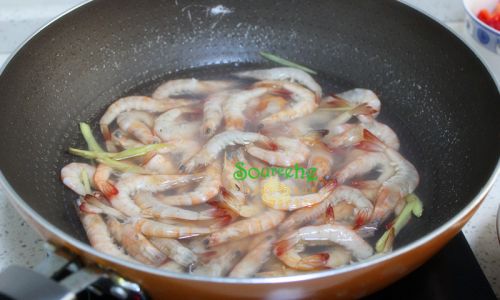
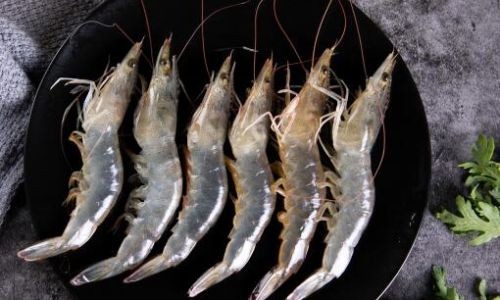
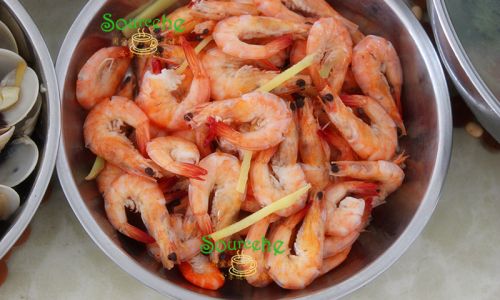
0 comments